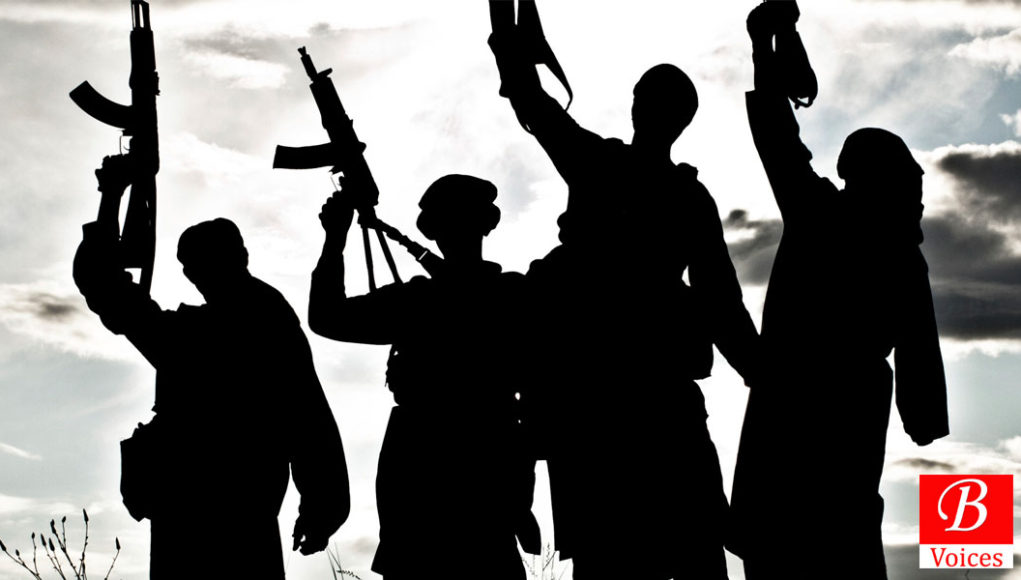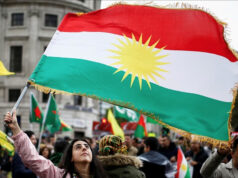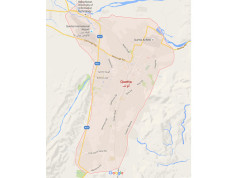
In my last blog post I wrote about some lighter aspects of life in Quetta City as some of us experienced and lived it in the early and mid-1980s—the motorcyclists and their sub-cultures. I hope the readers enjoyed reading about the people and the things they used to do then. This blog is also about the same period, a kind of continuation of the Quetta-in-the-80s story; however, it is anything but light. In fact, it is about a grave issue, about a curse, a blight, that has befallen the city of Quetta.
I think it was one of those February days when some of us were returning from
“Kafir, kafir _ _ _ _kaffir!” said one toxic scribble. Another proclaimed with equal zealotry: “And those who don’t accept this fatwa are also infidels!” And,
It was the start of a period of madness, really, a time of political repression and regression when a military dictator of this country was fighting a war of “freedom” in our neighboring country on behalf of the “free world”, meaning the capitalist West, but under the convenient cover of “jihad”. It was the sort of jihad that had the full sanction and especially the lavish financial sponsorship of Western imperialists. The leader of the so-called “free world”, RonaldReagan, that B-grade movie actor-turned-president of the USA, had even compared the Afghan mujahedeen as moral equivalents of the founding fathers of that country. It was a period which was often best described by such popular slogans as, “Pakistan ka
As the malignant graffiti began to spread from Sariab Road to the other, inner parts of the city, the poison of sectarianism started to take root. It was a slow process, for sure, but it was systematic. The takfiri bile was being systematically pumped out during those years in the 1980s, from the pulpit and the pen in equal measure, and it all corrupted the entire societal air of this historical city of Muslims, Hindus, Christians, Parsis
A lot happened in that decade, but it was also a time when the architects of murderous sectarianism were busily and quite openly constructing the sewers of hatred that would eventually become the ideological habitats of the terrorist-takfiris. These violent ideologues would continue to spew their venom against all those who did not fit or conform to their narrow worldview and would go on to blow up and butcher hundreds of innocent people on the streets of Quetta and elsewhere in the country in the coming years. This descent into the hellish world of
To analyze this menace in a more rigorous and satisfactory manner would require many blog posts like this one, if not books. Here, I am only recalling the more visible aspects of it, those early aspects of the rise of sectarianism that many of us witnessed in the Quetta of 1980s. Sectarianization is a complex process in which often both ethnic and sectarian identities are mobilized by certain powerful actors and agents to achieve certain political and economic ends.
It is often about politics more and religion less and these power agents clearly understand that there is political utility in these manipulative and divisive mobilizations. In this process, for example, one important aspect that is often missing in many otherwise excellent analyses is the business or financial interests, including the drug trade, that was then, and still are, deeply implicated in it. This is something that the scholar Vali Nasr has studied and written about. It is the instrumentalist aspect or the dimension of cost-benefit calculations by both the business and the political entrepreneurs and opportunists in this apparently religious-only problem that is important to understand. He writes in the context of Pakistan: “…criminal networks have…become deeply embedded in the politics of sectarianism, and their financial, political, and criminal interests in good measure control the ebbs and flows of sectarianism. The result is an Islamization of criminal activity and a criminalization of segments of Islamism in Pakistan.” (2010, p.90, emphasis added)
Disclaimer: Viewsexpressed in this article are those of the author and Balochistan Voices not necessarily agrees with them.








